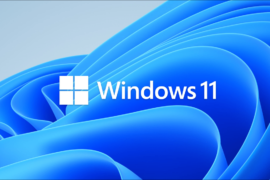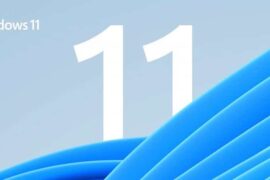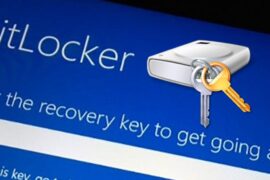Windows 11 may look a little different, but just like Windows 10, it’s happily using your data in the background. Various applications and services are calling home, synchronizing data on your PC with other online services.
However, if you have a limited data plan, this can cost you money. If you reach (or exceed) your data limit, you could end up paying extra charges or see your internet speed reduced as a result. To avoid it, you can limit data usage in Windows 11. Here’s how to do it.
Set up your Windows 11 PC to a metered connection
One of the easiest methods to reduce Windows 11 data usage is to configure your network as a metered connection. A metered connection limits the data that Windows uses in the background, while allowing you to set a limit of data that the computer can use for a specified period of time.
Ethernet and Wi-Fi connections must be manually set as metered, but cellular data connections are set as metered by default.
Please note that some applications and services may not function as expected if they receive less data on a metered connection. For example, OneDrive syncing may stop working if you use a metered connection in Windows 11.
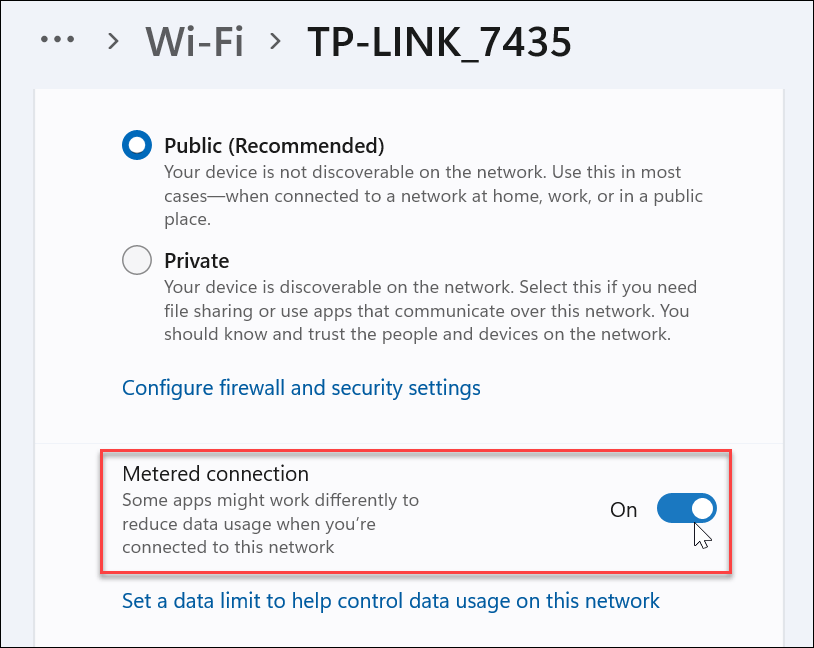
Disable startup applications
Disabling startup applications will improve startup time, but it can also help improve data usage. For example, if you have Facebook or OneDrive (later) configured to run on startup, these applications will be consuming data and bandwidth.
Preventing applications from running at startup will help you save data without thinking about it, especially for applications running in the background.
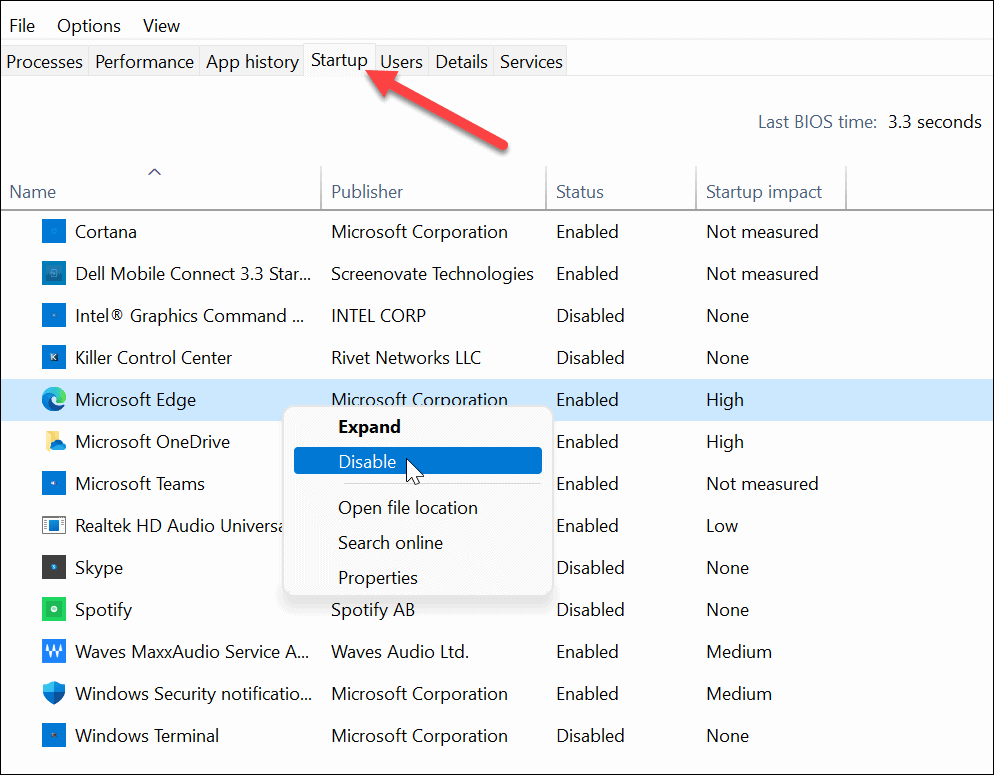
Disable background apps
You can also prevent certain background apps from working in the Settings menu. By default, Windows allows all Microsoft Store applications to run in the background. These apps are free to sync data, send notifications, and more. This means that apps like OneDrive, Mail, Facebook, News, and others are free to suck your data while it’s running in the background.
Unfortunately, disabling them is not as easy as in Windows 10. To disable background applications in Windows 11, open Home> Settings (Windows key + I) and then click Applications> Applications and functions.
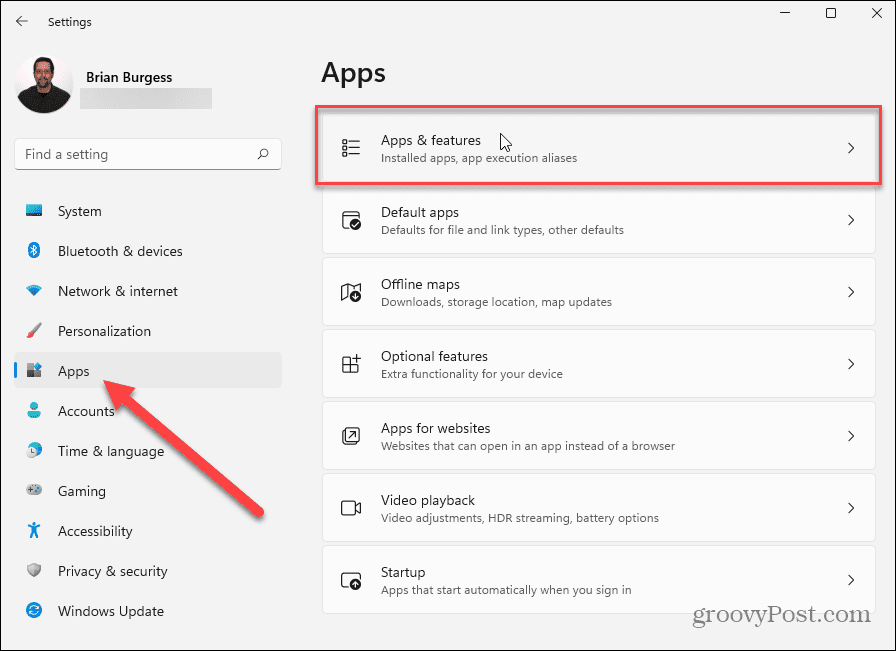
On the menu Apps and Features, scroll through the list of applications and locate the application that you want to stop running in the background. Then click the button Choices (three dots) and then on Advanced Options in the drop-down menu that appears.
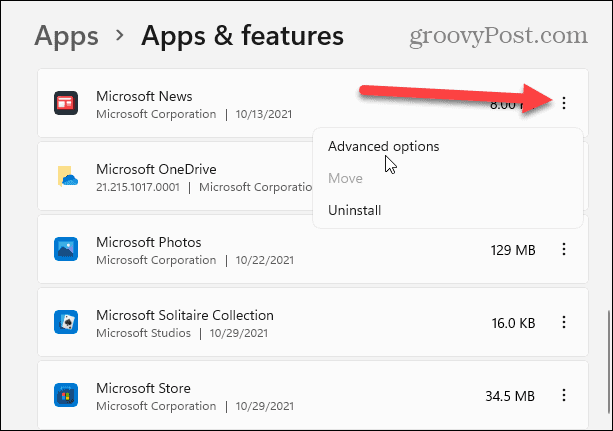
Scroll down to the section “Background app permissions”And click the drop-down menu under“Allow this application to run in the background“.
From here, you can configure how Windows will allow applications like these to use your connection in the background: Windows sets applications to “Energy optimization” default. For example, it will deactivate applications when you activate the power saving mode.
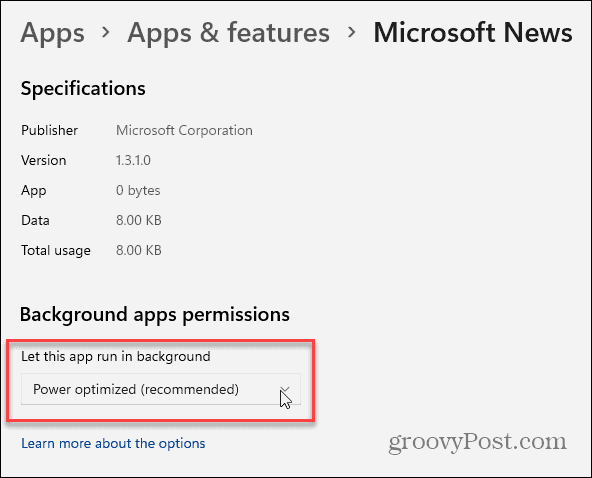
To ensure that the application does not run in the background, select “Never” on the menu. You will have to do this for each application that you want to stop running in the background.
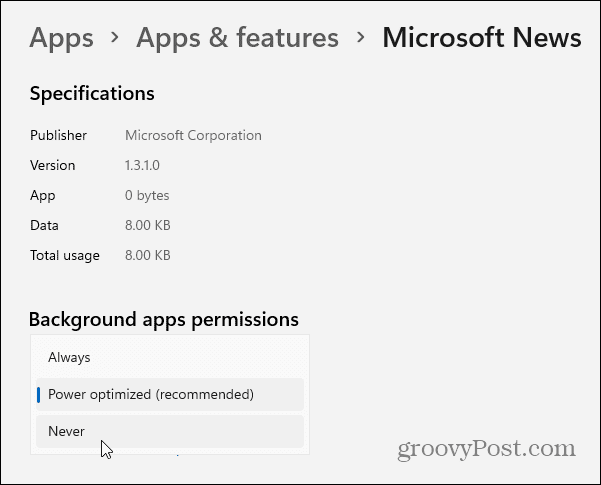
Pause OneDrive syncing
OneDrive is the integrated cloud storage solution for Windows PCs. As a built-in part of Windows 11, OneDrive will sync your files with Microsoft’s servers automatically. This means that OneDrive is syncing data in the background by default.
If you want to stop this temporarily, you will have to pause OneDrive syncing. With OneDrive syncing turned off, you’ll have to manually sync your data over meterless connections to limit data usage.
To do this, right-click the OneDrive icon in the taskbar and click Pause sync on the menu. You can choose to pause OneDrive syncing for 2, 8 or 24 hours.
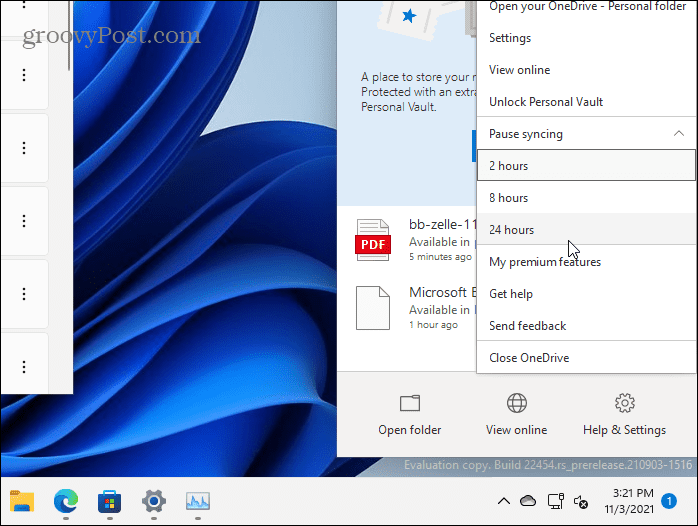
While syncing is paused, you will see a pause icon on the OneDrive icon on the taskbar. You’ll also see a notification when you open the OneDrive menu.
To start syncing again, click Resume sync or on the pause button of the upper message.
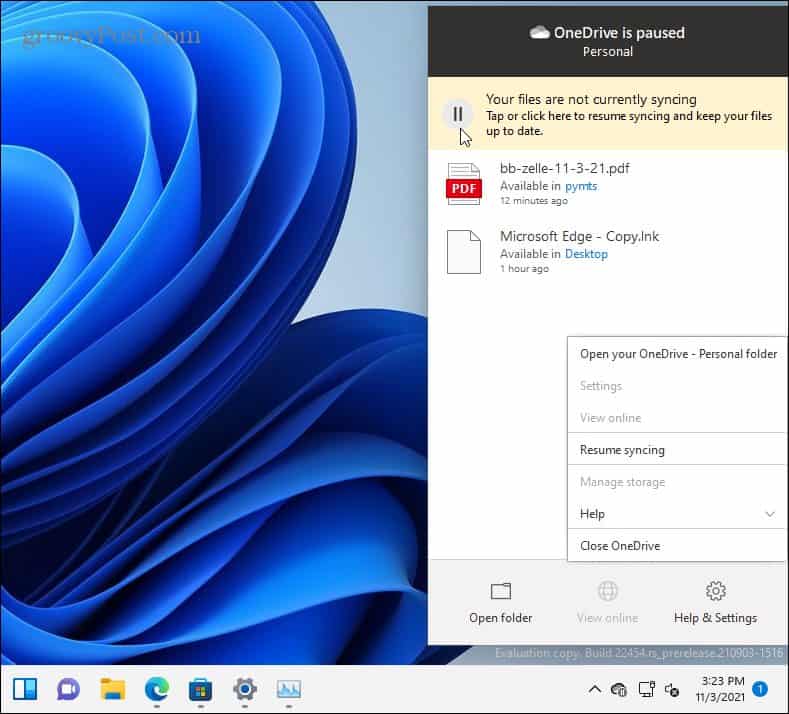
You can also configure OneDrive sync settings in the OneDrive app. To do this, right-click on the OneDrive icon and click Setting.
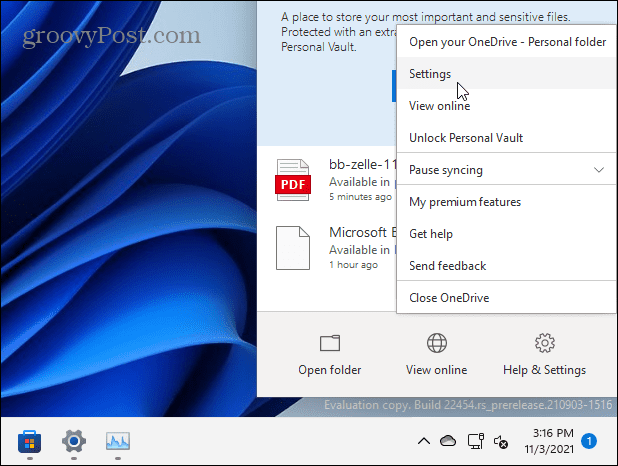
Click on the tab Setting in the window that appears. If you want to prevent OneDrive from opening on startup, uncheck the box Start OneDrive automatically when you sign in to Windows.
If not, make sure the option is checked Automatically pause syncing when this device is on a network with measured connection, and then click To accept to save.
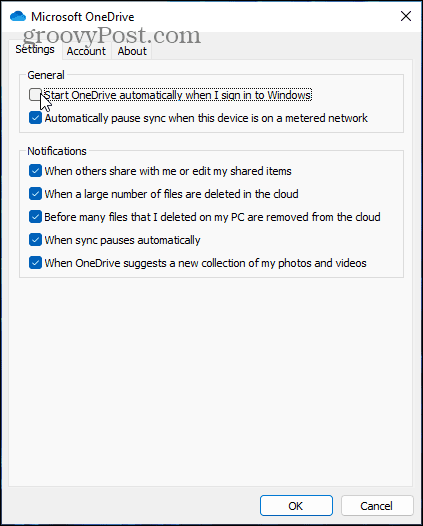
Optimizing the delivery of Windows updates
If you have more than one Windows 11 PC on your network, you can use Windows Update Delivery Optimization (WUDO) to get updates from other PCs. This allows you to share updates on your local network, reducing data usage on your connection. Every PC doesn’t need to download updates from Microsoft’s servers and consume your data.
To enable Windows Update delivery optimization, click Start> Settings> Windows Update> Advanced options> Delivery optimization. Make sure that the option “Allow downloads from other PCs” it’s activated. Also, make sure that the option “Devices on my local network”Is selected.

You can also click on the Advanced Options from here, where you can set the limits of the upload and download bandwidth. You can limit the amount of upload and download bandwidth used for updates using the onscreen options.
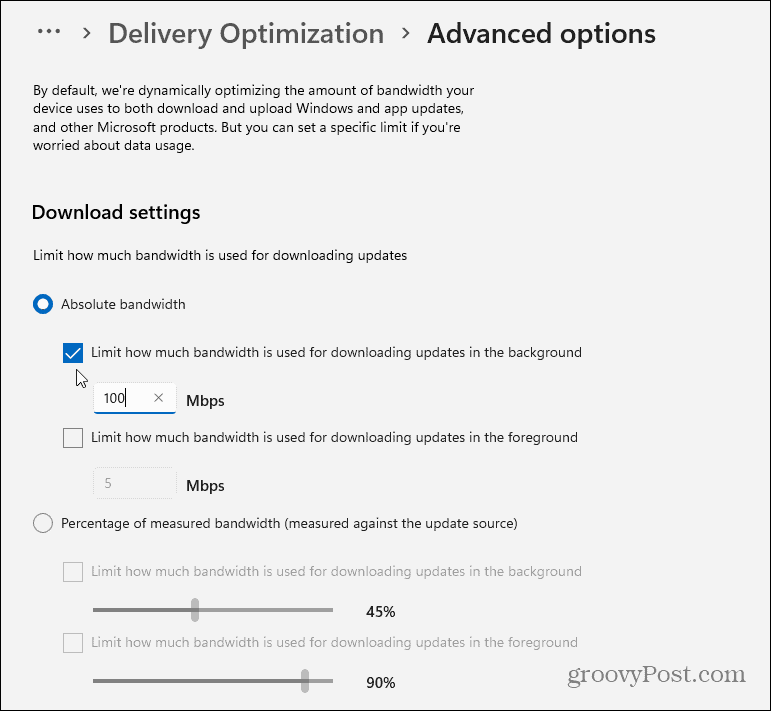
Stop diagnostic information
Another thing you can do is prevent Windows from sending diagnostic information to Microsoft.
To disable this, tap Home> Settings> Privacy and security> Diagnostics and feedback. From there, disable the option to send diagnostic data to Microsoft.
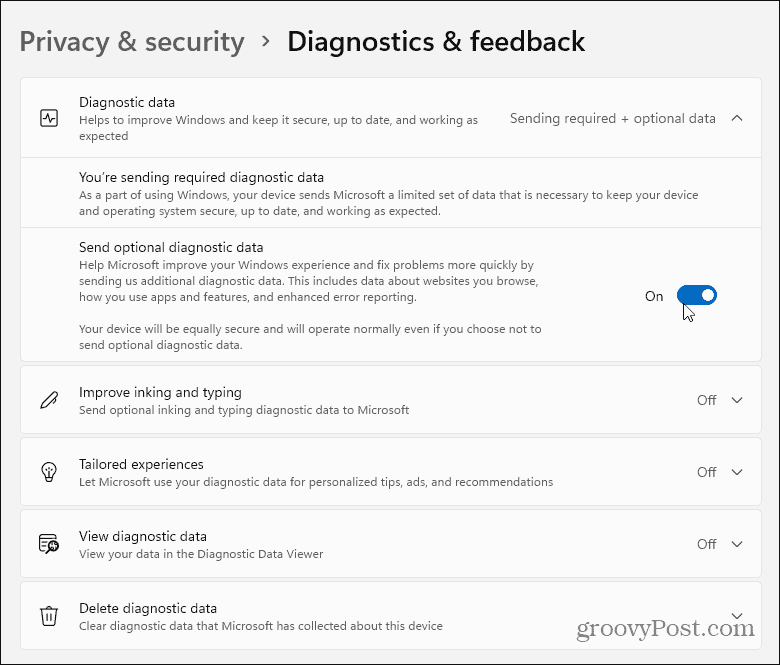
Summary
As you can see, Windows 11 uses a lot of data, especially in the background. Luckily, there are several things you can do to reduce data usage in Windows 11. Configure the metered connection It is one of the most effective ways to save data, but there are many other things that you can disable if necessary.

